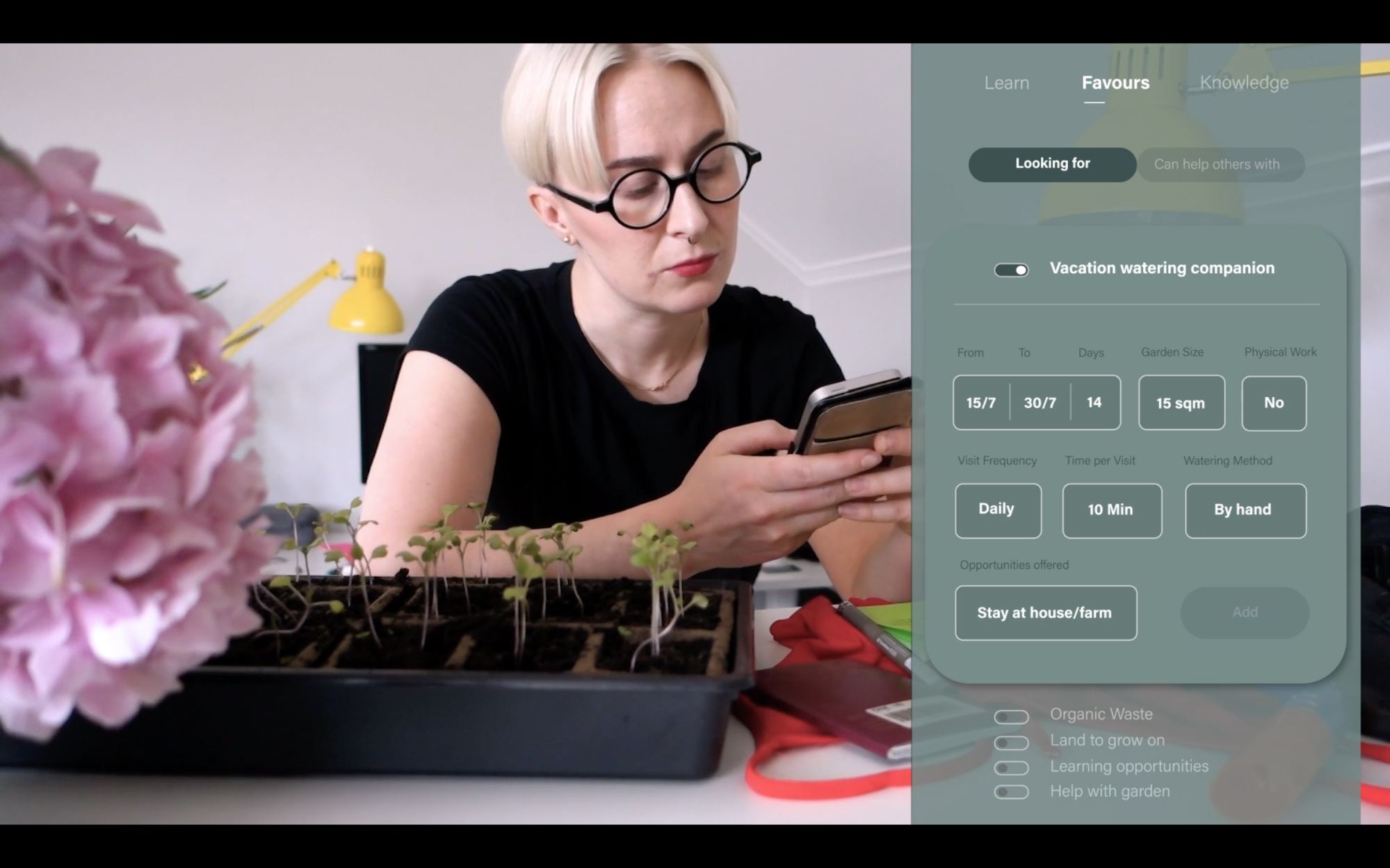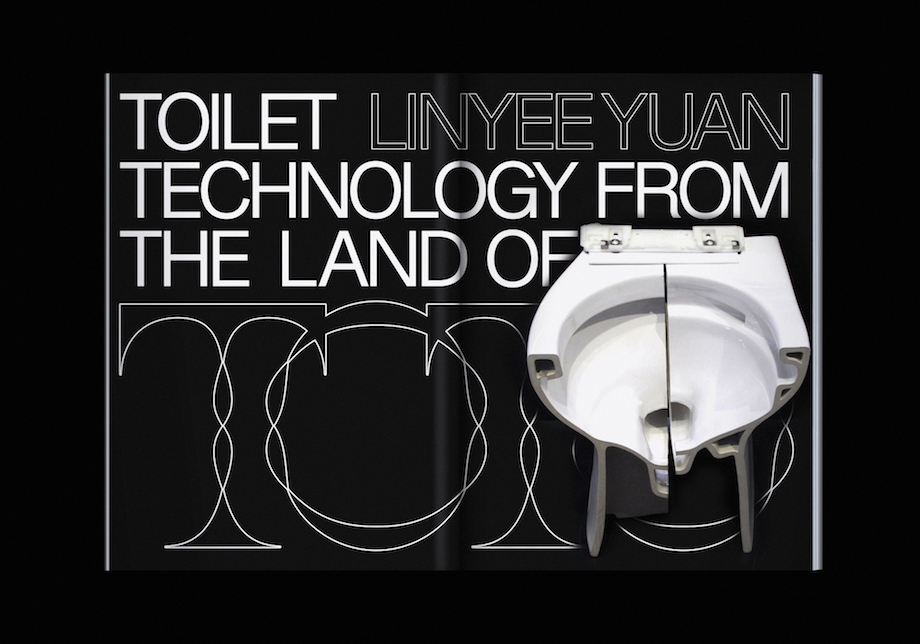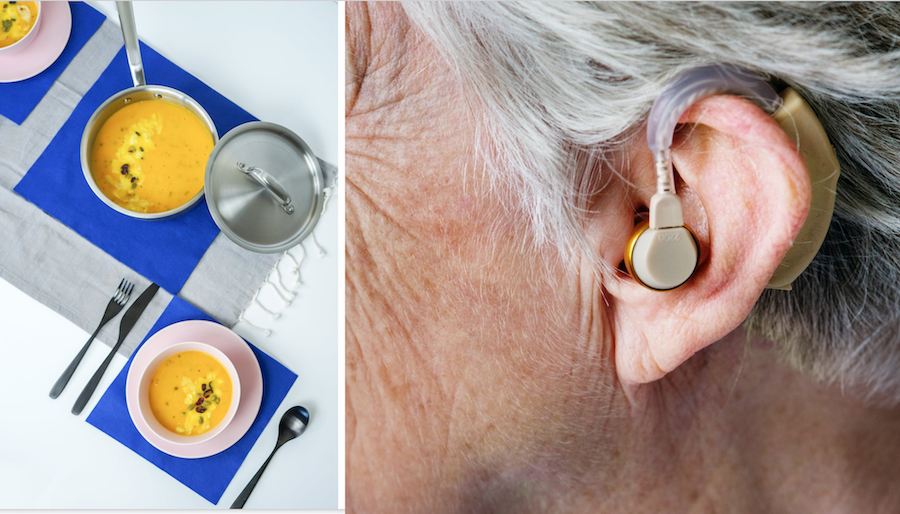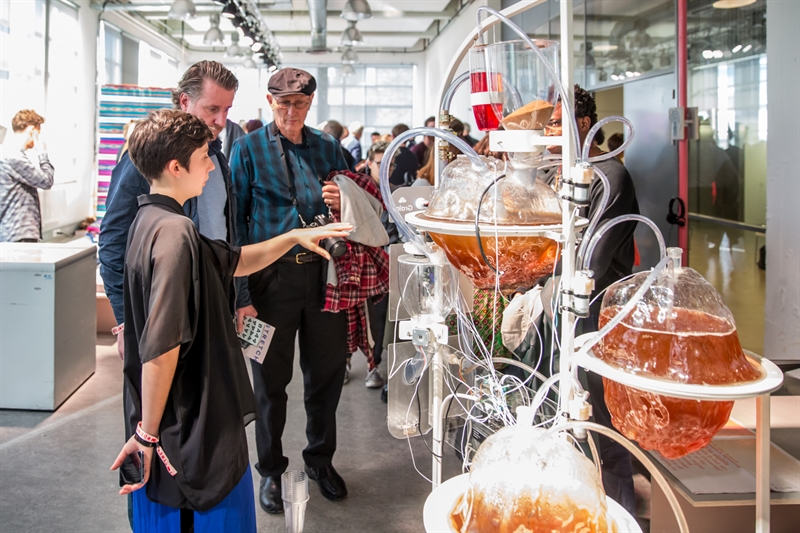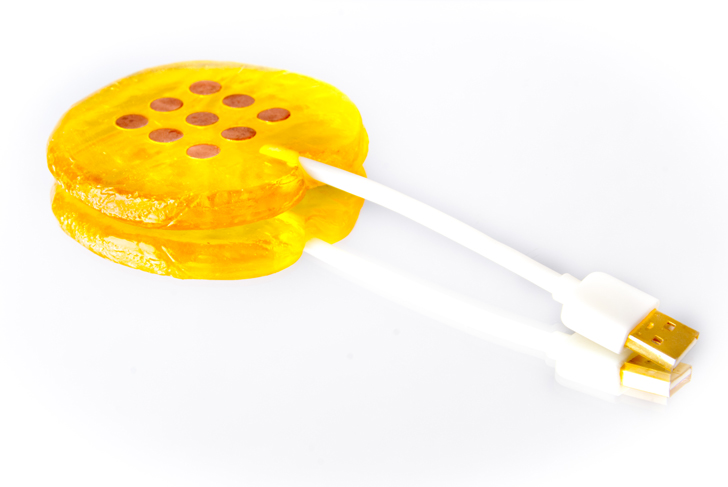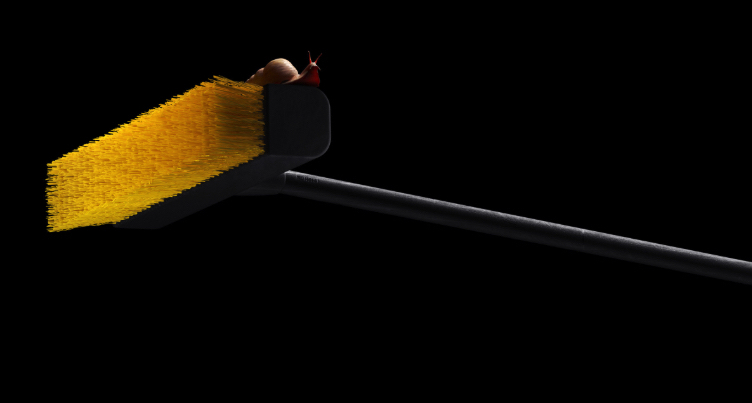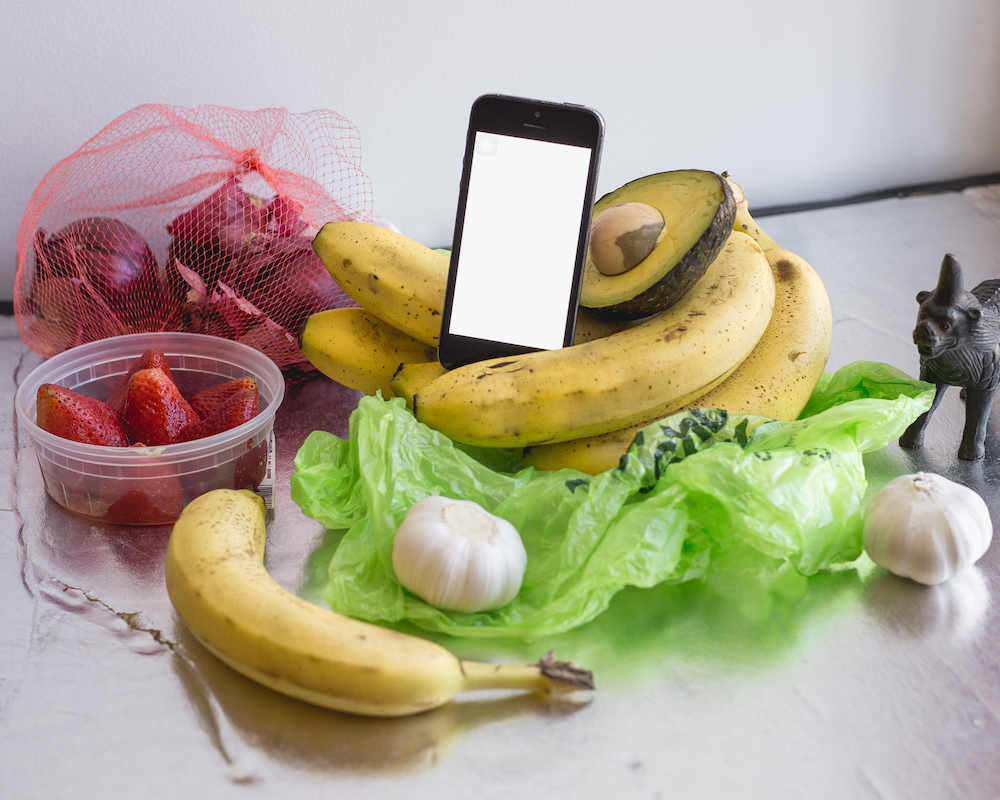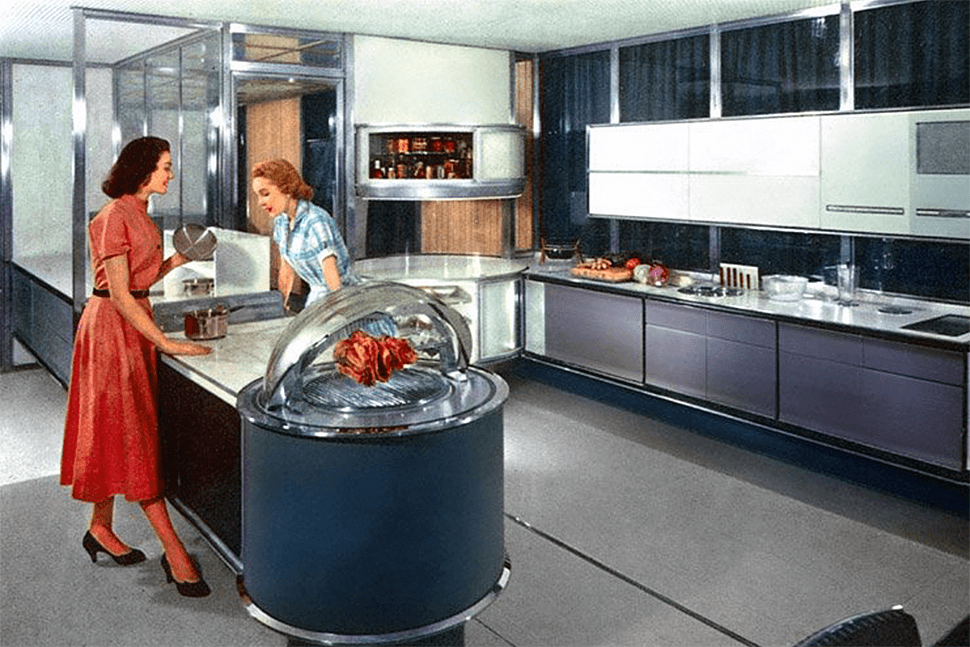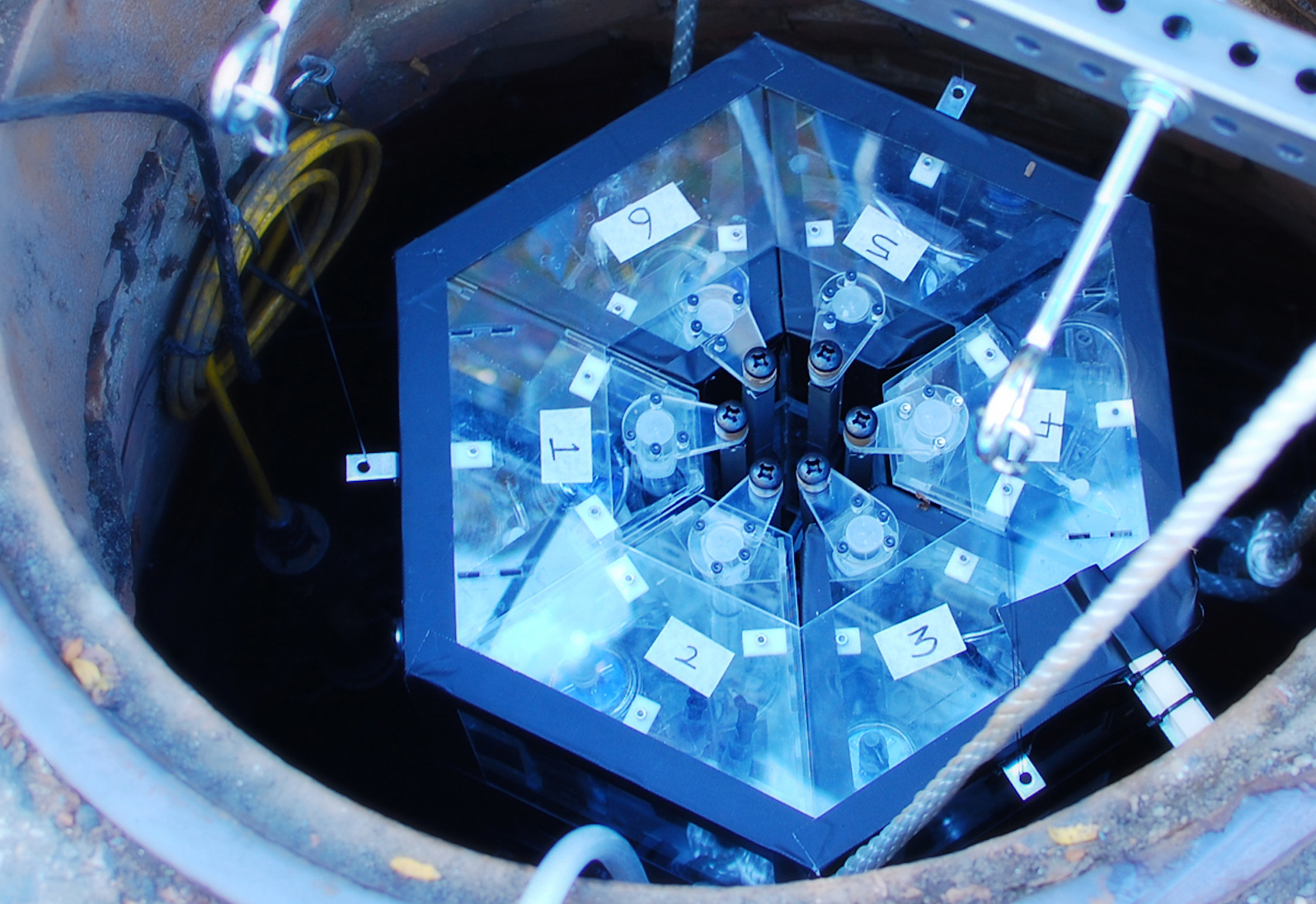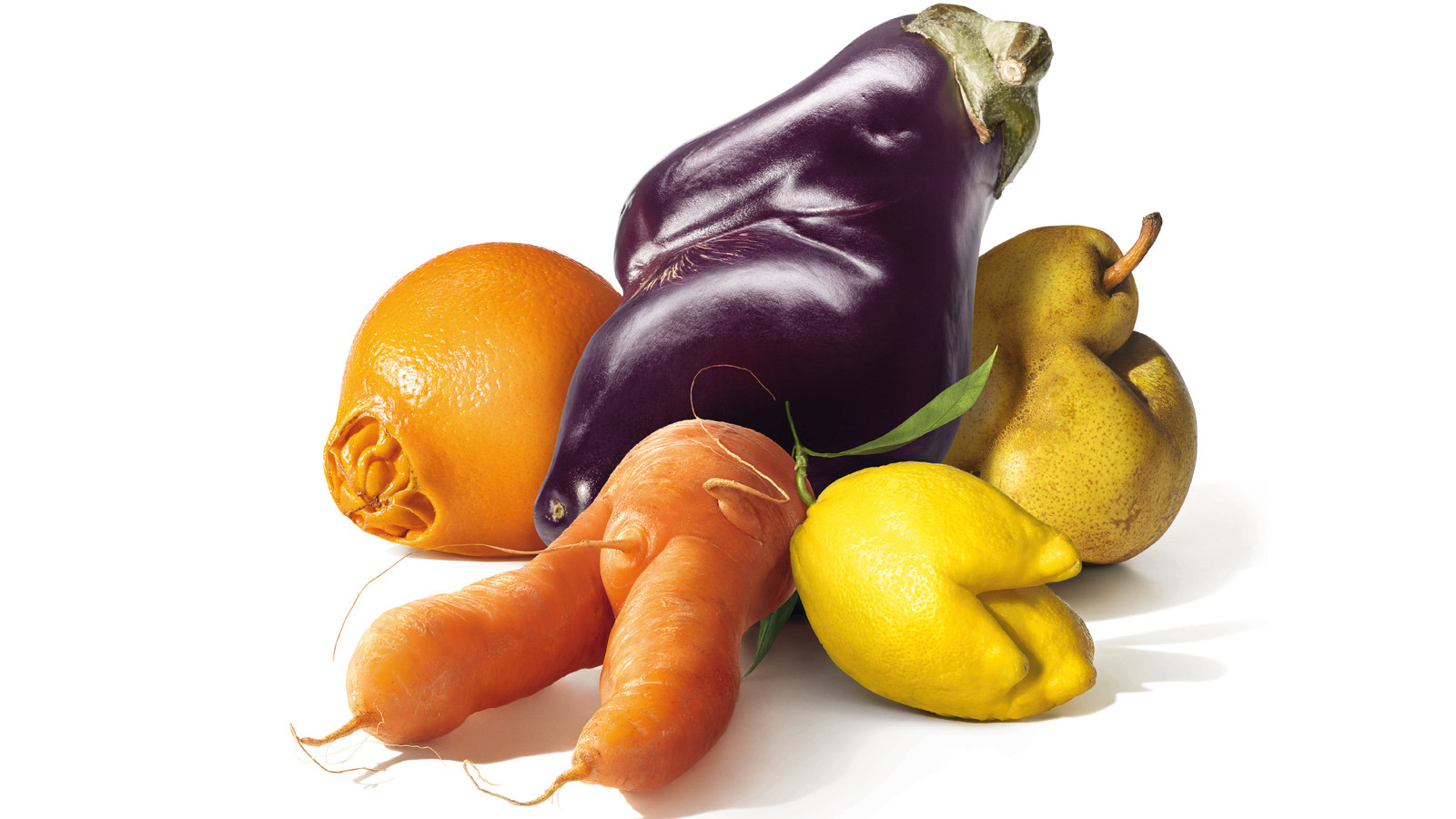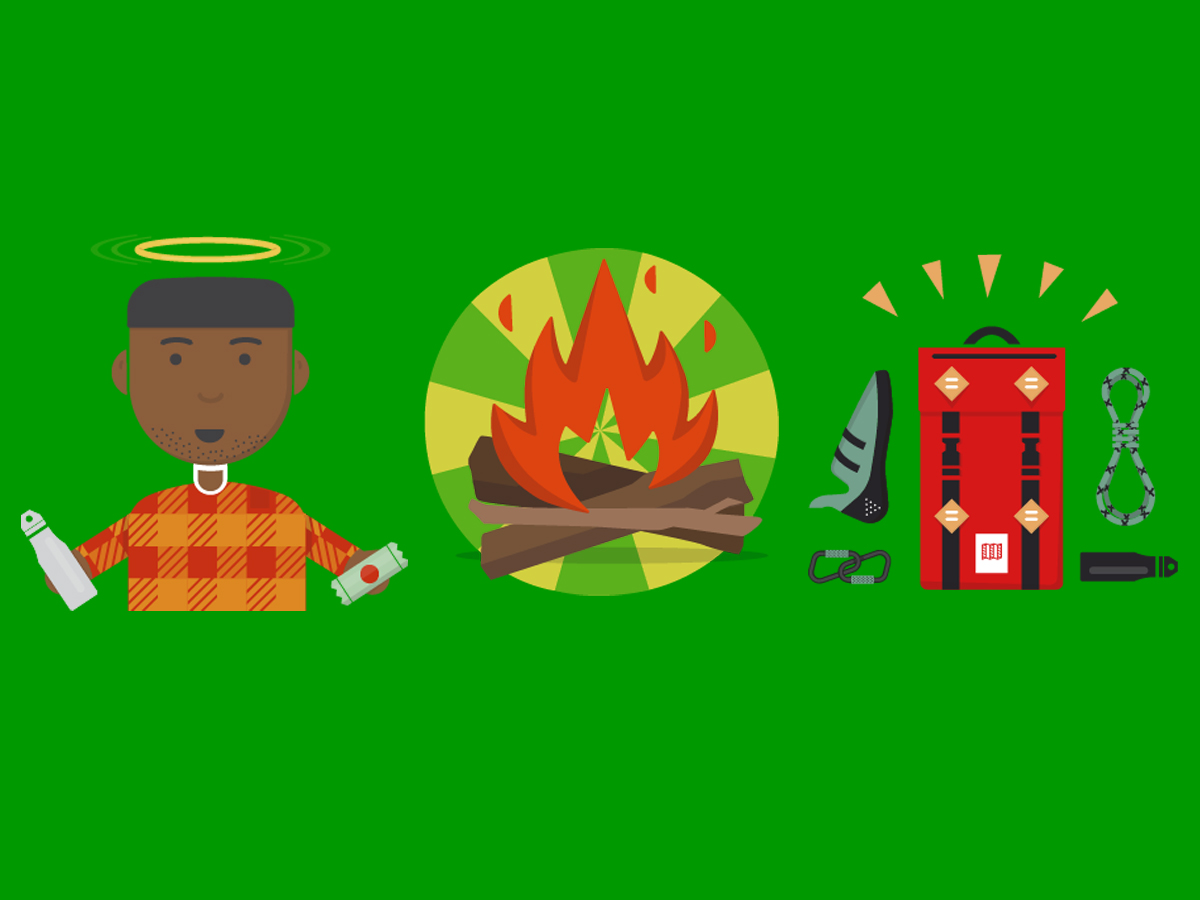3D printing has incredible potential for impacting our lives in many large and small ways, with new applications showing up in our news feeds weekly. One area with a long runway of opportunity is in agriculture. In an industry based on very tangible, hardware-driven components, having the ability to quickly make replacement parts when tools break down, or prototype new ideas more easily, 3D printing has the potential to be very valuable. Add to it that farmers, who tend to have a tinkerer’s mindset, generally have available physical space and one would think the adoptability by farmers of 3D printing would be widespread.
However, agriculture is not quite there yet. At least from what anecdotal evidence tells me, there are many major opportunities for entrepreneurs to make 3D printing in agriculture more mainstream. More importantly, with this opportunity comes a responsibility for entrepreneurs to position 3D printing in a way that enhances rural livelihoods and economies. In the same way society has come to expect large corporations to uphold some “social responsibility,” we as entrepreneurs in agriculture should also consider the impacts our efforts have on the farms, farmers and the rural communities they support.
This has become even more true today, where technological advances in automation and AI, while arguably holding tremendous value for society, will certainly leave future rural economies with less jobs and opportunity. With governments not quite poised to help in the long term, there is no better time than now for entrepreneurs to act on redesigning the business models that bring 3D printing into agriculture. For starters, we are at a point where the idea of printing metal parts at a scale that could fit in a farmer’s barn or shop is nearly a reality. For farmers, who have been limited by plastic 3D printing in the past, small scale metal part manufacturing completely changes the game in terms of what they can do. Suddenly, complex metal parts, or simple and seemingly overpriced parts, could be created without ever leaving the farm. Companies like Desktop Metal, founded by MIT researchers, are developing small scale metal printers, further democratizing a farmer’s ability to manufacture parts once reserved to large manufacturers. This innovation has the potential to change the way farmers get tools for their farm, provide new sources of revenue for farmers, and in the on-going battles with regards to right-to-repair legislation, 3D printing gives David a brand new tool against Goliath.
Imagine being a farm in rural California, where the closest 4-5 neighbors are about a mile away, and the closest agricultural supply store about 30 minutes into town. Relative to what rural households are used to, this isn’t that far. But when things break down on a farm and the job is almost done, leaving to get a replacement tool is not only a pain, but it can be costly. Now imagine a neighboring farm with a metal 3D printer in their shop. From your cell phone, you could send your order in, have it printed, and pick up that needed part in a few hours or less. This earns the farm with the printer extra income, saves you time, and brings both farms into some form of the sharing economy.
Now imagine that same farm, with that very same printer. After seeing all the value they can gain from manufacturing “micro-batches” of products and selling them to neighboring farmers, they begin to look for ways to do more. As entrepreneurial and opportunistic as farmers are, it wouldn’t be long before they start trying to cut the costs of inputs into the 3D printer, whether metal powders or plastic. One way may be by recycling scrap metal and plastic lying around the farm, which from having been to many farms around the world, seems to be a common factor. This could lead to additional recycling and input businesses, either started by the farmers themselves or by entrepreneurs in local rural towns. As technology improves around recycling materials to then be used by 3D printers (such as plastic bottles, for example), farms could begin to gain additional revenue from “waste,” moving them into a larger part of the circular economy.
Fortunately, these scenarios above took place in California, where even if there were no 3D printers, farmers could still get to well-stocked stores. But what about the 500 million smallholder farmers in emerging economies outside the United States? How will new business models in 3D printing affect them?
One thought, as shown by these farmers in Myanmar, is that they may leapfrog much of the agricultural technology infrastructure so commonplace to farms in California. With the advent of cheaper printers, smallholder farmers may rely on 3D printing shops for all their on-farm needs. Forget massive supply chains, distributed sales teams, and stocked inventory. If 3D printing takes off in emerging economies at even a fraction of its potential, including the opportunity for recycling metals and plastics, 3D printing could play a major role in making even the most resource constrained farms more viable. Nonetheless, the ability for 3D printers to have their the most impact possible in agriculture relies on business models designed with rural economies in mind.


